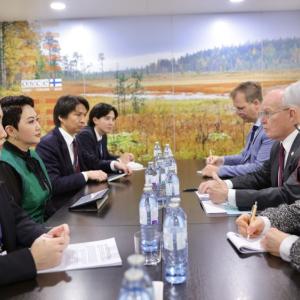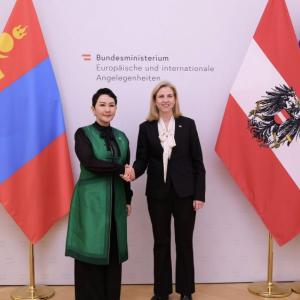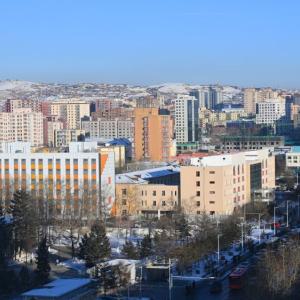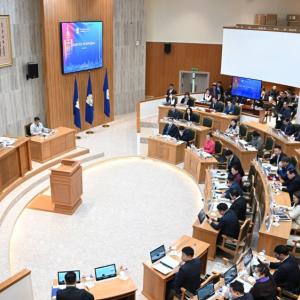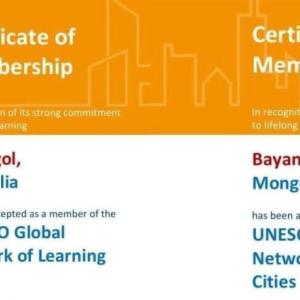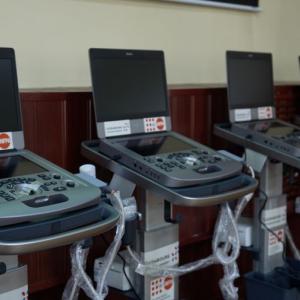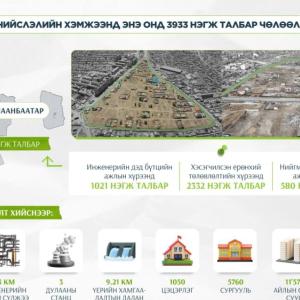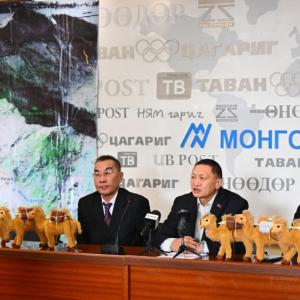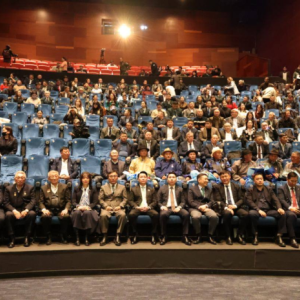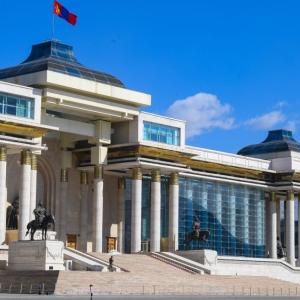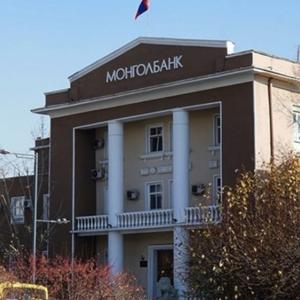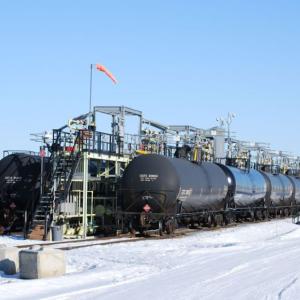Mongolia Launches 5G Network
Society
Ulaanbaatar, May 20, 2025 /MONTSAME/. Mongolia has officially launched its 5G network, ushering in a new era of technology, which was one of the key objectives of the Ministry of Digital Development, Innovation, and Communications for 2025.
The introduction of the 5G network will bring remarkable progress in communication, industry, education, health, and mining sectors. Having fast and reliable internet will reduce the digital gap between urban and rural areas and allow herders and local residents to access online training and e-services. It will also facilitate the establishment of a Specialized Industrial Zone in the Gobi region and help develop distance learning and telemedicine. Although Mongolia’s sparse population and vast territory require large investments in constructing 5G infrastructure, mobile network operator companies are starting to launch 5G networks in stages, having successfully tested the network.
During the Launching Ceremony of the 5G network, Minister of Digital Development, Innovation, and Communications Baatarkhuu Tsend noted, “5G technology is not just fast internet, but also the foundation for industrial development based on new economic and technological advancements. It will provide children and people living far from urban areas with timely social services, for example, rural residents will be able to receive health advice and assistance from hospitals in Ulaanbaatar, and children will be able to have the best online courses. There will be opportunities to introduce driverless transportation in mining and increase exports. According to research, 5G technology is estimated to account for 1-4 percent of Mongolia’s GDP by 2030, creating an economic growth of MNT 800 billion annually.”
In Mongolia, 1GB of data costs an average of USD 0.6, which is cheaper than the world average of USD 4.2. With the development of 5G, data availability will increase and prices will decline. As part of the Government’s goal of becoming a “Digital Nation,” the E-Mongolia system delivers 1,264 types of services to 1.3 million users.

 Ulaanbaatar
Ulaanbaatar











